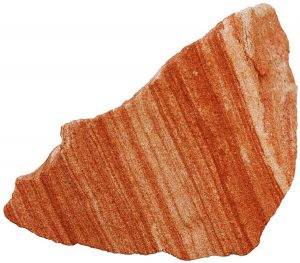 The Keweenaw Peninsula shoreline tells a billion-year-old story forged in fire, sculpted by ice. Geoheritage tours teach visitors and residents how to read the variegated cliffs, long-tailed tombolos and shifting sands. To see where volcanoes, glaciers and humans irrevocably altered topography. Bill Rose, a Michigan Tech professor emeritus of geology who developed and leads the tours, calls it “geopoetry.” View full story here.
The Keweenaw Peninsula shoreline tells a billion-year-old story forged in fire, sculpted by ice. Geoheritage tours teach visitors and residents how to read the variegated cliffs, long-tailed tombolos and shifting sands. To see where volcanoes, glaciers and humans irrevocably altered topography. Bill Rose, a Michigan Tech professor emeritus of geology who developed and leads the tours, calls it “geopoetry.” View full story here.
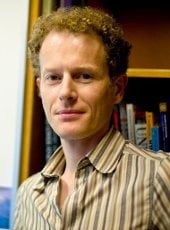
Carbon dioxide measured by a NASA satellite pinpoints sources of the gas from human and volcanic activities, which may help monitor greenhouse gases responsible for climate change. View full story here.
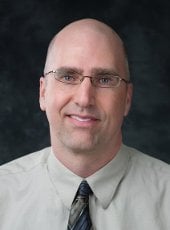
Mark Kulie (GMES/EPSSI/GLRC) presented an invited talk entitled “Snowfall in the GPM Era: Assessing GPM Snowfall Retrievals Using Independent Spaceborne, Reanalysis, and Ground-Based Datasets” at the 2017 NASA Precipitation Measurement Missions Science Team Meeting in San Diego, CA.
He also presented a poster entitled “Ground-Based Profiling Radar Applications for Spaceborne Snowfall Retrievals” at the same meeting.
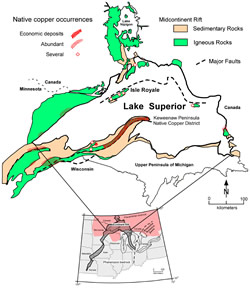 Ted Bornhorst, executive director of the A. E. Seaman Mineral Museum, and professor (GMES) recently published an article in Minerals – an Open access Mining and Mineral Processing Journal. Bornhorst’s article was titled “Copper isotope constraints on the genesis of the Keweenaw Peninsula native copper district, Michigan, USA” and was co-authored by Ryan Mathur, professor and chair of geology at Juniata College in Huntingdon, Pennsylvania.
Ted Bornhorst, executive director of the A. E. Seaman Mineral Museum, and professor (GMES) recently published an article in Minerals – an Open access Mining and Mineral Processing Journal. Bornhorst’s article was titled “Copper isotope constraints on the genesis of the Keweenaw Peninsula native copper district, Michigan, USA” and was co-authored by Ryan Mathur, professor and chair of geology at Juniata College in Huntingdon, Pennsylvania.
Minerals 2017, 7(10), 185; doi:10.3390/min7100185
Abstract
The Keweenaw Peninsula native copper district of Michigan, USA is the largest concentration of native copper in the world. The copper isotopic composition of native copper was measured from stratabound and vein deposits, hosted by multiple rift-filling basalt-dominated stratigraphic horizons over 110 km of strike length. READ MORE
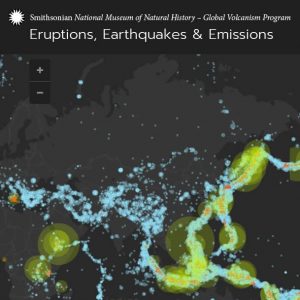 Smithsonian.com reported on the Global Volcanism Program, a study of the inner workings of volcanoes. Simon Carn (GMES) is one of the program’s researchers.
Smithsonian.com reported on the Global Volcanism Program, a study of the inner workings of volcanoes. Simon Carn (GMES) is one of the program’s researchers.
How Earthquakes and Volcanoes Reveal the Beating Heart of the Planet
The Smithsonian Global Volcanism Program has stitched together a visual archive of the world’s earthquakes and volcanoes
To illustrate these dynamic patterns, the Smithsonian Institution’s Global Volcanism Program, hosted within the National Museum of Natural History, has created a time-lapse animation of the world’s earthquakes, eruptions and emissions since 1960. Drawing from the first compiled database of sulfur emissions dating to 1978, the animations show how the seemingly random activity of volcanoes and earthquakes form consistent global patterns over time. Understanding those patterns gives researchers insight into how these dramatic events are entwined with the inner workings of our planet.
Earthquakes and volcanoes can conjure up images of widespread destruction. But for those who study Earth’s deepest reaches, like Elizabeth Cottrell, a research geologist at the Smithsonian’s National Museum of Natural History and director of the Global Volcanism Program, volcanoes are also “windows to the interior.”
“Global satellite monitoring of volcanoes will transform our understanding of gas fluxes from Earth’s interior to exterior in the coming decade,” says Cottrell, who has been working along with Michigan Tech researcher Simon Carn and data manager Ed Venzke to incorporate volcanic emissions into the Smithsonian database since 2012.
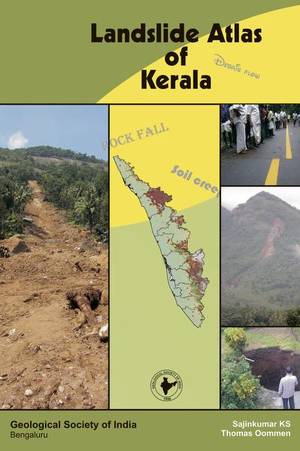 A geologist with the University of Kerala has collaborated with a U.S.-based geological engineer to prepare the Landslide Atlas of Kerala. The atlas, co-authored by K.S. Sajinkumar, Assistant Professor, Department of Geology, University of Kerala, and Thomas Oommen, Associate Professor, Michigan Technological University, U.S., depicts the spatial and temporal distribution of landslips and potentially hazardous locations in the Western Ghats.
A geologist with the University of Kerala has collaborated with a U.S.-based geological engineer to prepare the Landslide Atlas of Kerala. The atlas, co-authored by K.S. Sajinkumar, Assistant Professor, Department of Geology, University of Kerala, and Thomas Oommen, Associate Professor, Michigan Technological University, U.S., depicts the spatial and temporal distribution of landslips and potentially hazardous locations in the Western Ghats.
The atlas, prepared after an extensive mapping process that lasted for a year, has used the latest tools of Geographic Information Systems (GIS)
Public Works Minister G. Sudhakaran will formally launch the Landslide Atlas of Kerala at the Department of Geology on the Karyavattom campus of the university on September 19, 2017. The Geological Society of India is the publisher of the atlas.

Snehamoy Chatterjee (GMES/EPSSI) is the principal investigator on a project that has received a $127,810 research and development grant from NASA. Thomas Oommen (GMES) is the Co-PI on the project “Minerals and Rock Type Mapping Using Airborne Visible/Infrared Imaging Spectrometer-Next Generation (AVIRIS-NG) Data.” This is a one and a half year project.
By Sponsored Programs.
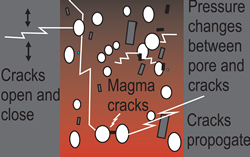 Dulcinea Avouris’s, who was advised by Simon Carn (GMES), lead research published in the journal Geology and was highlighted in a Focus article along with a news brief in EARTH Magazine.
Dulcinea Avouris’s, who was advised by Simon Carn (GMES), lead research published in the journal Geology and was highlighted in a Focus article along with a news brief in EARTH Magazine.
What effects do earthquakes have on volcanoes?
The interaction between earthquakes and volcanoes intrigues the public and provides a complex and cascading hazard that challenges scientists across a spectrum of disciplines. The key to understanding earthquake-volcano interactions is the response of gas and magma to earthquake-imposed stresses.

Mark Kulie (GMES/GLRC) is attending the American Meteorological Society 38th Conference on Radar Meteorology this week (August 28 to September 1, 2017) in Chicago.
He will present a talk entitled “Seasonal Variability of Shallow Cumuliform Snowfall: A CloudSat Perspective” in the “Moving Platforms. Vehicle, Airborne, Shipborne and Spaceborne: Satellite” session. He is also co-chairing the “Cloud Studies Using Radars” conference session.
Founded in 1919, the American Meteorological Society (AMS) is the nation’s premier scientific and professional organization promoting and disseminating information about the atmospheric, oceanic, hydrologic sciences.
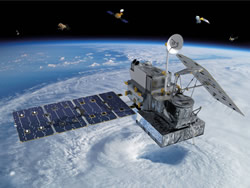 Mark Kulie (GMES/EPSSI) is the principal investigator on a project that has received an $86,255 research and development grant from the NASA. The project is entitled “Snowfall in the GPM Era: Assessing GPM Snowfall and Ice Microphysical Retrievals Using Independent Spaceborne and Ground-Based Observations.” This is the first year of a potential two-year project totaling $186,255.
Mark Kulie (GMES/EPSSI) is the principal investigator on a project that has received an $86,255 research and development grant from the NASA. The project is entitled “Snowfall in the GPM Era: Assessing GPM Snowfall and Ice Microphysical Retrievals Using Independent Spaceborne and Ground-Based Observations.” This is the first year of a potential two-year project totaling $186,255.